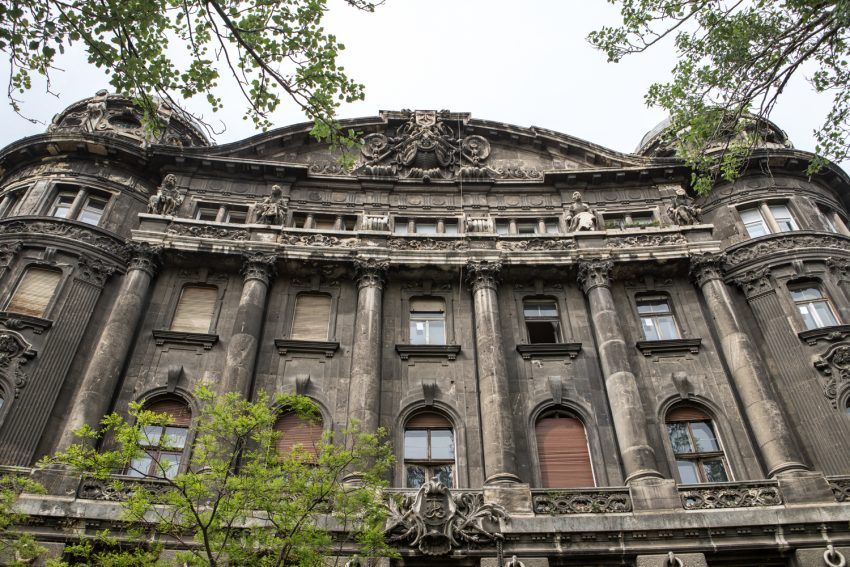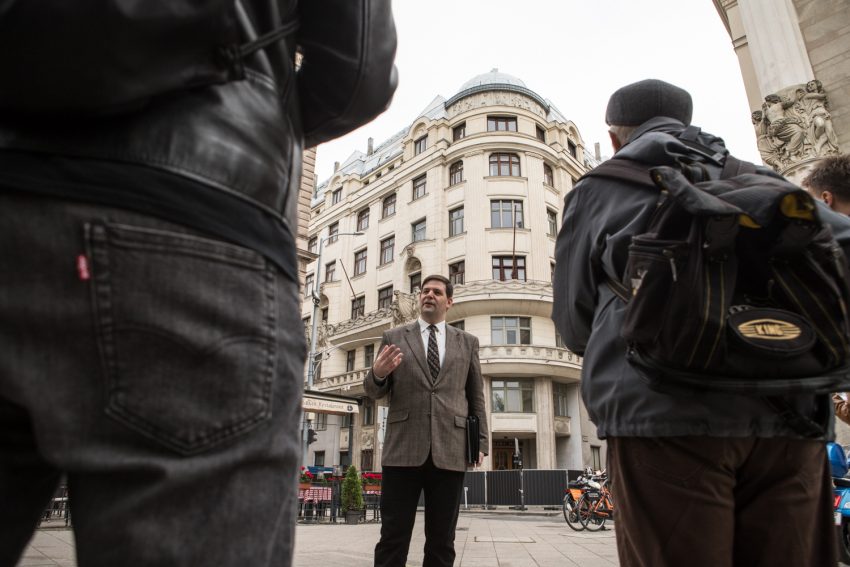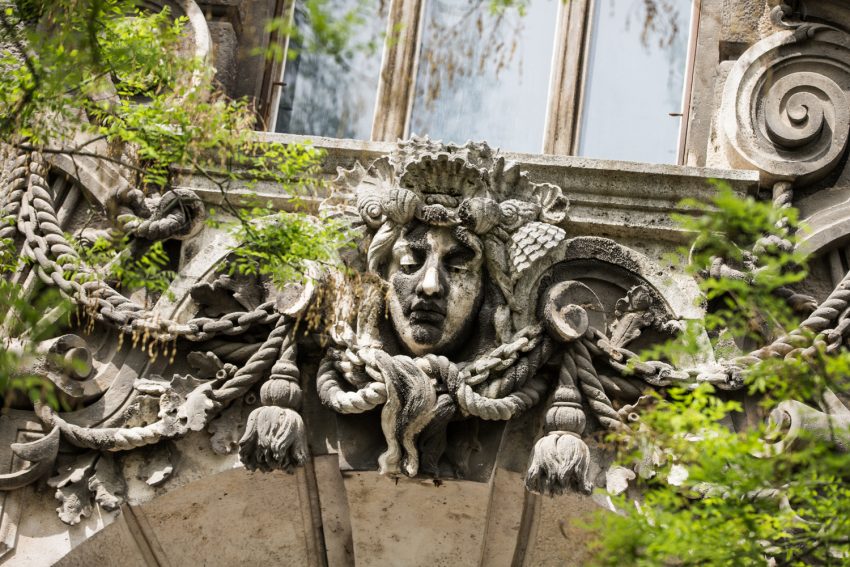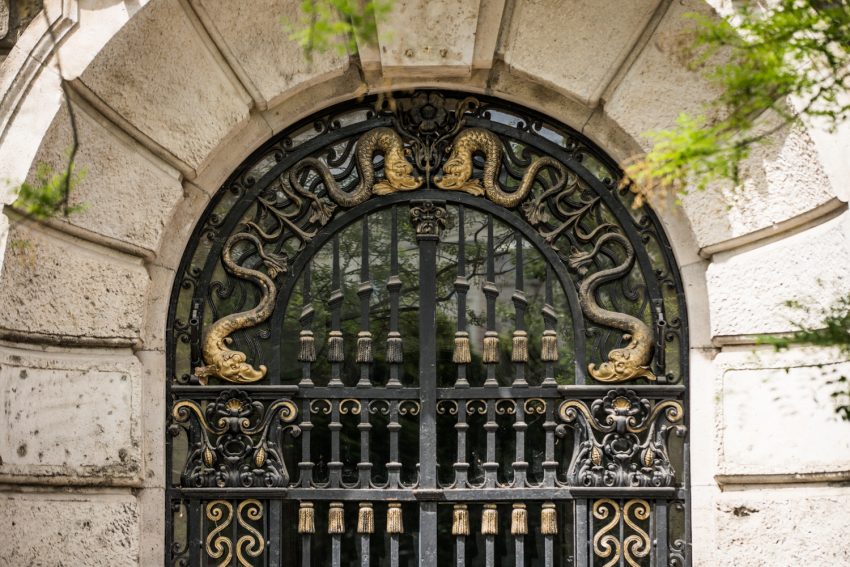Did you know?
- Out of all the floods Budapest was hit by, the Great Flood of 1838 was the most devastating: The icy flood peaked at 10 metres and 29 cms, and covered the streets of Pest and Óbuda in a height of 2,2 – 3 metres. As a consequence, more than 50% of the buildings in Pest collapsed, while most of the remaining houses were heavily damaged. Only 27 buildings were left unscathed.
- The first steam ship of Hungary was built by Antal Bernhard, a watchmaker from Pécs, who equipped it with a mill impeller and a unique tubing network used for generating steam, which he himself invented.
- If Hungarian engineer Ferenc Reitter had his plans realized, today you could glide through the Grand Boulevard (called Grand Canal in this alternate reality) sitting in a motorboat, instead of taking the tram.

If any of the above mentioned statements surprise you, then the ‘Anchors up!’ shipping history walk of Beyond Budapest is something you might be interested in.
The Danube is Europe’s second longest river, and a natural avenue of Budapest. The guided tour of Beyond Budapest explores the connection between locals, the seas, and the Danube, taking you through the city’s riverside areas. Learn about the past and present of Hungarian maritime traditions, revealing (among other things) how Budapest became a seaport, and why it still is today.

Sailing is typically not a part of the Hungarian identity, even though Budapest is the seat of the International Danube Commission – the only specialized body of the UN which chose Hungary as its headquarters. Just a hundred years ago, the Austro-Hungarian navy was the sixth strongest navy in Europe, and the eighth strongest in the world. At that time, Fiume (which was the main maritime outlet of the Kingdom of Hungary) was the tenth largest commercial seaport in the world, while the amount and quality of the ships sailing the Hungarian section of the Danube outrivalled those of most other countries in Europe. The crew members, officials, engineers and craftsmen of the Hungarian maritime industry were considered among the most highly skilled shipping professionals in the world. That’s why even after Hungary became a landlocked country as a consequence of being defeated in WWI, Budapest still produced seagoing vessels well into the 1990s.

The country’s maritime history left a still visible imprint on the fabric of Budapest: If you know where and what to look for, you’ll find plenty of mementos of a time when Budapest was considered to be the capital city of the Danube. Today’s busy and congested riverbanks were once the site of boats transporting street sellers and their goods from all over the country, steamships departing for Belgrade and Vienna, and the grand palaces and storehouses of shipping companies.
Many decades have passed since then, and although the Hungarian shipping industry has shrunk to a miniscule size, it left for us a number of time-worn buildings to serve as reminders of its once glorious past. Guiding you through these famous locations, the walking tour of Beyond Budapest brings to light extraordinary stories, breathing new life into the relationship of rivers, ships, seamen, and the Pearl of the Danube.

The ‘Anchors up!’ guided tour is led by Tamás Balogh, the chairman of the Scientific Educational Society’s Naval History, Modeling, and Traditions Preserve Organization.
The team of Beyond Budapest Sightseeing has been organizing socio-cultural guided walking tours around Budapest for more than ten years. In the beginning, the walks were confined to District VIII, but in recent years their interactive walks have spread out towards the Inner City and the Óbuda neighbourhood. Penetrating deep into the fabric of the city and presenting its true face and the stories of its inhabitants is their specialty. Have a look at their tours on www.beyondbudapest.hu.
Photos: Lili Chripkó




